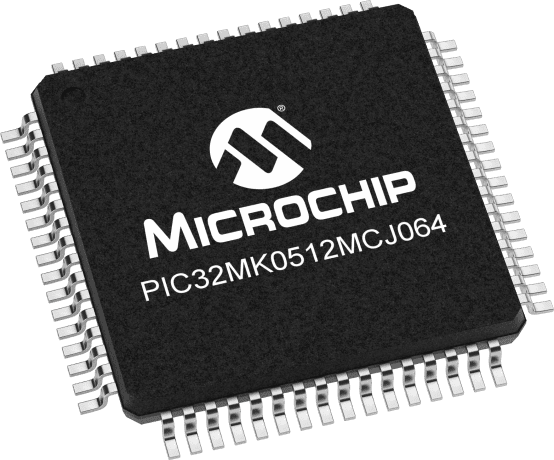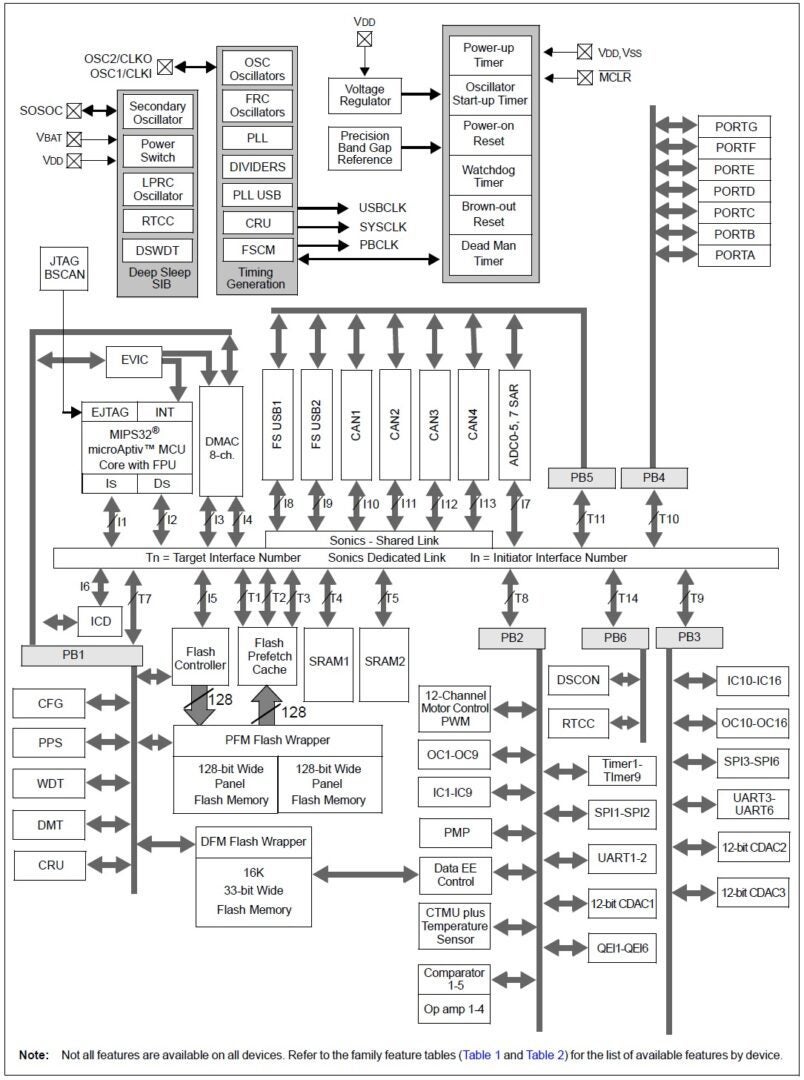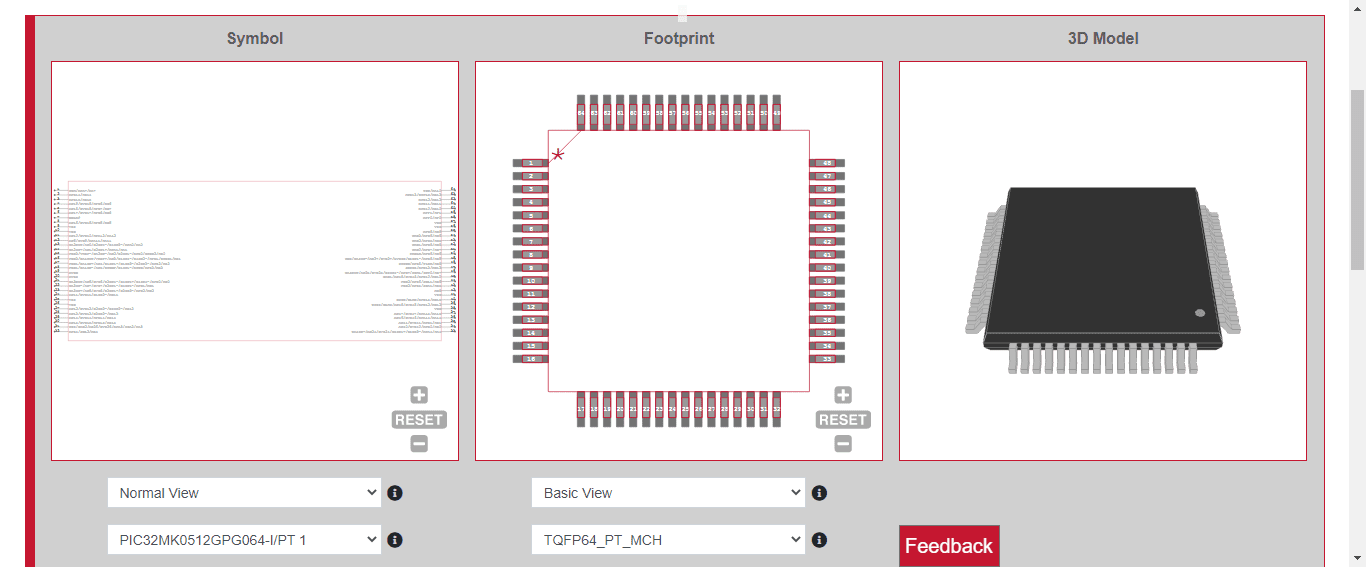
Microcontrollers: The brains of smart electronics everywhere
Today, ‘smart’ devices, appliances, systems, and even buildings surround and enhance our lives. However, making smart decisions requires a brain. And the brain of smart electronics can invariably be traced to an embedded system.
Embedded systems refer to electronics, or more specifically, PCBAs, that contain microcontrollers on an onboard computer. Microcontrollers typically differ from your PC, laptop, or tablet computer in that they are designed for specific functionality, as opposed to being structured to run applications. Therefore, to effectively design embedded systems, a good understanding of the features of microcontrollers is required.
How Are Microcontrollers Used?
Interestingly enough, embedded systems design was once commonly referred to as microprocessing. Based on the central processing component, a microprocessor (MPU)—or central processing unit with additional functionality that works with other chips to complete the onboard computer—or a microcontroller (MCU) where all computing components are on the same chip or IC.
The increased usage of circuit boards, electronics, and systems that utilized these ICs warranted a new moniker. And, although microcontroller capability has advanced, the core elements remain very similar to those of a PC computer, which includes memory, clock or timer, a CPU, and I/O.
Microcontrollers often include ROM (EPROM, EEPROMs, etc.) with executables preloaded to perform specific operations. However, flash or erasable memory is being used more often as this allows for off-board (for example, on development boards) and in-circuit—provided bus capabilities include external data and power TX/RX—programming/debugging.
The explosion of smart systems means embedded systems extend beyond commercial devices into the process and manufacturing equipment that produce these products, as evidenced by common microcontroller applications listed below.
Microcontroller Applications
- Industrial automation
- Device process control
- DAQ and signal processing
- IoT systems
- Standalone automated products
- Sensor-based operations
The list above is by no means exhaustive, and how innovative designers can use microcontrollers is almost infinite. Doing so, however, necessitates an understanding of the microcontroller’s features.
Important Features of Microcontrollers
There are many different types of microcontrollers, and solid design makes the most appropriate choice for your specific needs, guided by the features of the components. One of the most popular microcontroller series is the PIC family by Microchip Corporation, including the PIC32MK.
The PIC32MK

64-pin PIC-32 MCU in TQFP package
As shown above, the PIC32MK is a 32-bit microcontroller that comes in a 64-pin QUAD package. In addition to the standard TQFP shown, 64-pin QFN flat pack and 100-pin TQFP are available. Major features of the PIC32MK are:
- MIPS32® microAptiv™ MCU core with Floating Point Unit
- 7 ADC modules
- 3 12-bit capacitive analog-to-digital converters (CDACs)
- 4 op-amps and 5 comparators
- Advanced memory control
- Up to 14 16-bit or 8 32-bit and 1 16-bit timers/counters
- 6 QEI 32-bit timers
- 16 input capture modules and 16 output compare modules
- Real-time clock and calendar module
- In-circuit and in-application programming capability
- 16kB flash memory
- 4 power management modes
- 4 CAN bus modules
- 6 UART modules
- 6 SPI/I2S modules
- Up to 2 FS USB controllers
- Motor Control PWM
- Motor encoder interface
As the list above illustrates, the PIC32MK is a high-performance general purpose MCU that can be used broadly for a wide range of common embedded system applications. However, it is optimized for motor control, which negates the need for a separate motor control module.
In addition to its basic features, the PIC32MK has the special features listed below.
PIC32MK Special Features
- Flexible device configuration
- An internal temperature sensor
- In-Circuit Serial Programming™ (ICSP™)
- A Joint Test Action Group (JTAG) interface
The component’s architecture is shown in the figure below.
 PIC32MK block diagram
PIC32MK block diagram
For additional information, such as pinouts, characteristics, landing patterns, instruction set, and development tool info, please see the PIC32MK datasheet.
Alternative Microcontrollers
Although the PIC32MK is popular and can be widely implemented, there are several alternative 32-bit PIC MCU options from Microchip. These include:
Other PIC Microcontrollers (32-bit)
- PIC32MZ
- EF FPU (MIPS32® 252 MHz, 512kB – 2MB Flash, 128 – 512kB SRAM)
- DA (MIPS32® 200 MHz, 1 – 2MB Flash, 256 – 640kB SRAM)
- PIC32MX
- 3/4 (MIPS32® 80 – 120 MHz, 32 – 512kB Flash, 8 – 128kB SRAM)
- 5/6/7 (MIPS32® 80 MHz, 64 – 512kB Flash, 16 – 128kB SRAM)
- 1/2 XLP (MIPS32® 72 MHz, 128 – 256kB Flash, 32 – 64kB SRAM)
- 1/2/5 (MIPS32® 50 MHz, 16 – 512kB Flash, 4 – 64kB SRAM)
- PIC32CM
- MC (ARM® Cortex® 48MHz, 64 – 128kB Flash, 8 – 16kB SRAM)
- PIC32MM
- (MIPS32® 25 MHz, 16 – 256kB Flash, 4 – 32kB SRAM)
MIcrochip also offers 8 and 16-bit PIC MCUs, which may effectively serve the needs of your design with reduced instruction sets and simpler programming.
Optimizing Your Embedded PCBA Design
When working with MCUs, you should prioritize trace routing, make the best use of board space and incorporate the programming needs. For example, the PIC32MK has 64 pins, which will likely mean a multilayer stackup with dozens of vias to keep the board size or area within most deployment constraint limits for today’s more compact electronics. And to take advantage of the in-circuit and in-application programming capabilities, external connection access must be provided.

PIC32MK model data from Ultra Librarian
To ensure a smooth transition to your CM and efficient board development, you need to rely upon accurate component model data, as shown above. If you’re looking for CAD models for common components, design tips or information on features of microcontrollers for embedded design, Ultra Librarian helps by compiling all your sourcing and CAD information in one place.
Working with Ultra Librarian sets up your team for success to ensure streamlined and error-free design, production, and sourcing. Register today for free.








